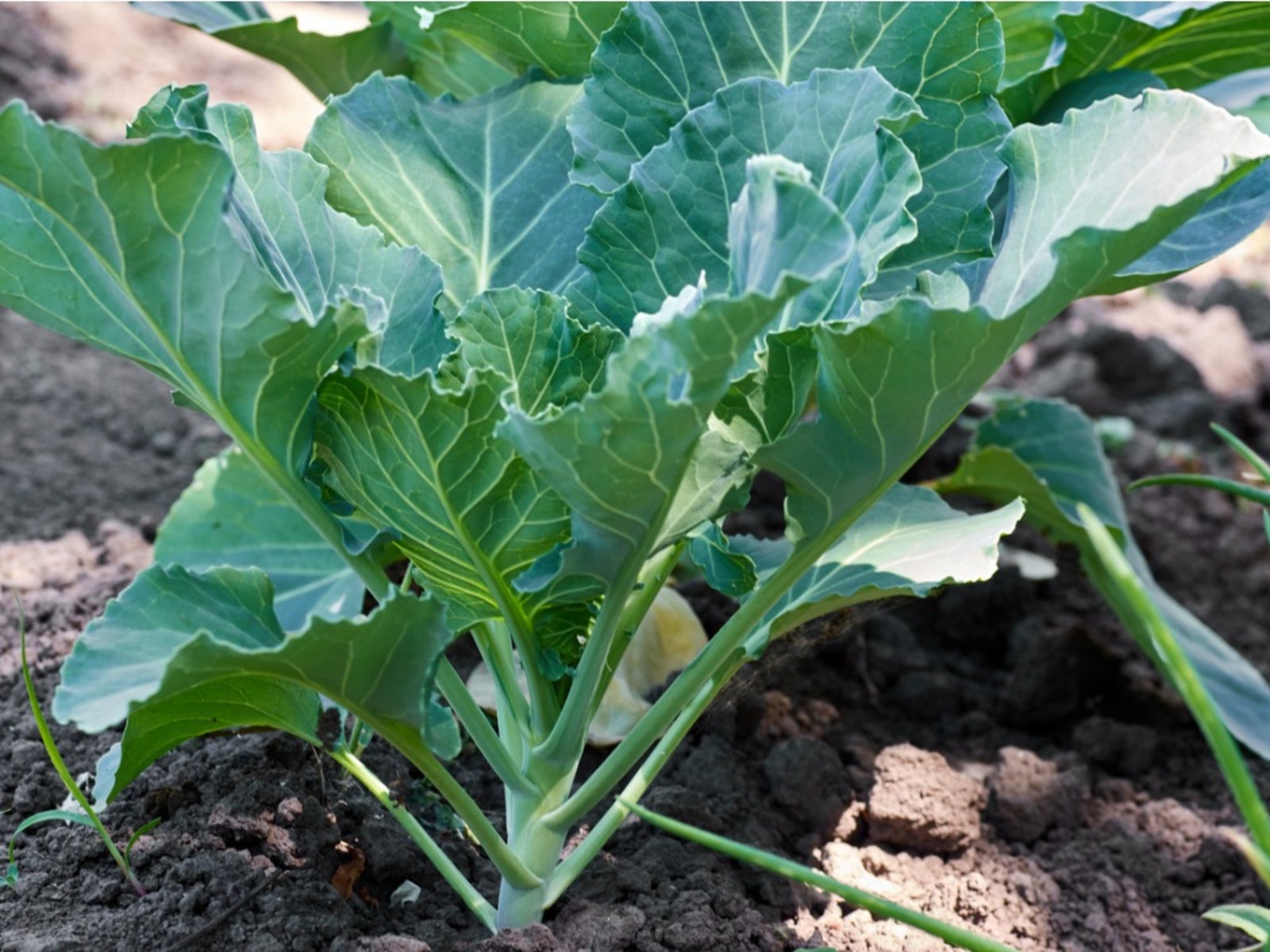Tips On How To Grow Collard Greens
Plant some tasty cool-season collard greens for a nutritious addition to salads, soups, and traditional Southern dishes.


Growing collard greens is a Southern tradition in the U.S. These greens are included in the traditional New Year's meal in many areas of the South and are a great source of vitamins C and Beta Carotene, as well as fiber. Learning how to grow collard greens provides an abundant supply of this dark green, leafy vegetable at other times of the year.
When to Plant Collard Greens
Collard greens are a cool season vegetable and are often planted in late summer to early autumn for winter harvest in the South. In more northern areas, collards may be planted a little earlier for fall or winter harvest. Collards are frost tolerant, so growing collard greens in USDA growing zones 6 and below is an ideal late season crop. Frost actually improves the flavor of collard greens.
Collard greens planting may also be done in early spring for a summer harvest, but adequate moisture is necessary for collards greens growing successfully in summer heat. A member of the cabbage family, collard greens growing in the heat may bolt.
How to Grow Collard Greens
The best collard greens growing environment is one with moist, fertile soil.
The area chosen for collard greens planting should be in full sun.
Plant seeds in rows at least 3 feet (1 m.) apart, as growing collard greens get large and need room to grow.
Thin seedlings to 18 inches (46 cm.) apart for adequate room in the rows. Include the thinned seedlings in salads or coleslaw for a tasty addition to these dishes.
Sign up for the Gardening Know How newsletter today and receive a free copy of our e-book "How to Grow Delicious Tomatoes".
Harvest collard greens growing in summer before bolting can occur. While 60 to 75 days is an average harvest time for growing collard greens to reach maturity, the leaves can be picked at any time they are of edible size from the bottom of the large, inedible stalks.
Knowing when to plant collard greens leads to the most productive crop.
Pests of growing collard greens are similar to those of other members of the cabbage family. Aphids may congregate on new succulent growth and cabbage loopers may eat holes in the leaves. If aphids are spotted, keep an eye on the underside of the leaves of collard greens.
Learn how to control pests on collard greens to prevent damage to your crop. Whatever your location, get some collard greens growing in the vegetable garden this year. If planted at the right time, growing collard greens will be an easy and worthwhile gardening experience.

Becca Badgett was a regular contributor to Gardening Know How for ten years. Co-author of the book How to Grow an EMERGENCY Garden, Becca specializes in succulent and cactus gardening.